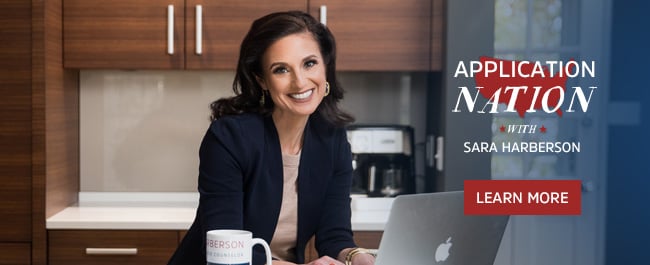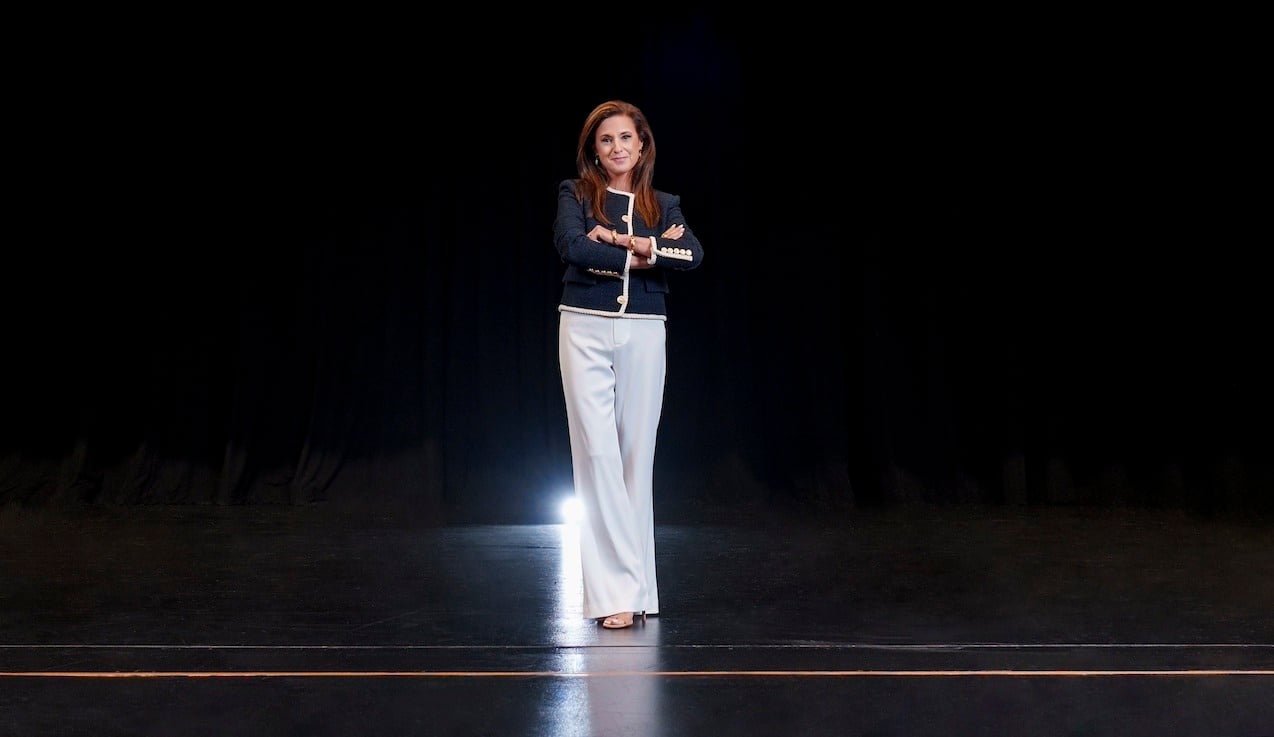Several weeks ago, Brown University announced that it was dropping 11 of its varsity sports effective immediately as a result of an external review dating back to the 2018-2019 academic year. Just yesterday, Stanford shared plans to cut 11 varsity sports starting in 2021.
We also learned in the last 24 hours that the Ivy League athletic conference will cancel all varsity sports this fall due to the COVID-19 pandemic. While most varsity teams across the country hope to resume play once restrictions are lifted, the future of college athletics is uncertain.
The timing behind Brown and Stanford's decisions, in particular, is relevant given that a year ago, the sometimes seedy connection between athletics and admissions was exposed with the Varsity Blues admissions scandal. In the Brown announcement, however, the president insinuates that this decision was in the works well before the scandal broke. It suggests that Brown had concerns about something years in advance of any of us hearing about a ring leader named Rick Singer. Working in the admissions office at another Ivy League university for years and handling the recruited athletes who applied gave me great insight into the deep and powerful relationship between athletics and the undergraduate admissions offices. It is unfortunate that all student-athletes are being judged (or misjudged) based on a few bad apples. Those bad apples include the adults who "make deals" on students in the most self-serving way.
Read my op-ed on Operation Varsity Blues in USA TODAY
But the COVID-19 pandemic deepens the dramatic policy decision to reduce the seemingly untouchable hold that athletics has had on admissions and the greater college community. With reduced funding from the NCAA and major financial losses due to abandoned campuses this spring, colleges are being forced to tighten their belts. But is Stanford's $27 billion dollar endowment really in trouble or is the pandemic being used as a reason for shifting priorities?
Since the admissions scandal, colleges are making subtle and not-so-subtle changes to how they evaluate students in the admissions process. For decades, athletics has been the most influential advantage in college admissions. However, the amount of money that a family must spend on private lessons, club teams, extensive travel, and cutting edge training to get recruited, leaves many students out of the running. Long gone are the days of a student playing three sports. It is all about focusing on one sport now in the hopes of getting recruited. We live in an era where playing competitive sports is linked to admissions results instead of a love for the game.
RELATED READING: After the Admissions Scandal: How Regular Students Can Stand Out
As the next generation of students enter high school, I encourage them to keep playing sports—not to get into college, but to stay active, overcome challenges, and learn right from wrong. But I would warn families not to spend their life's savings on their kids' sports or anything that claims to increase a student's chances of admission. I can see the writing on the wall. Colleges will need to decrease or remove all of the advantages that money provides in the admissions process.
That means the advantages that have come from being a legacy, attending private schools, participating in pay-to-play summer programs, competing with expensive club teams, financial donations, and connections will not carry the weight they once did. Instead, I anticipate a new trend where students who manage to create, build, and contribute with little advantage and money will be the ones being "recruited." Students from all socio-economic backgrounds who do a lot with very little will be rewarded in this new era of college admissions.










